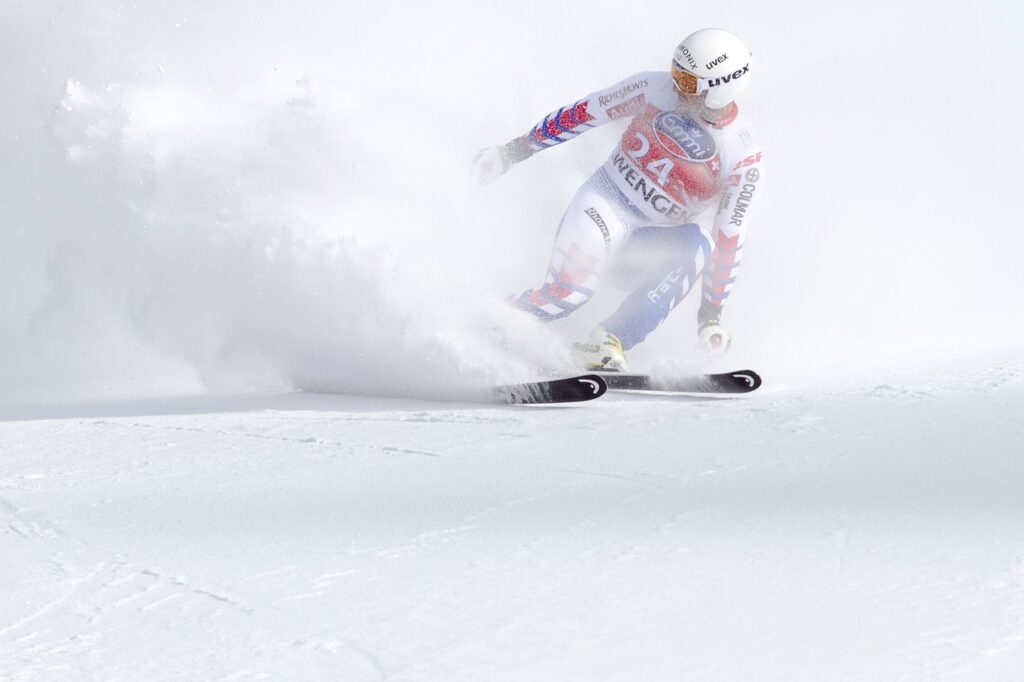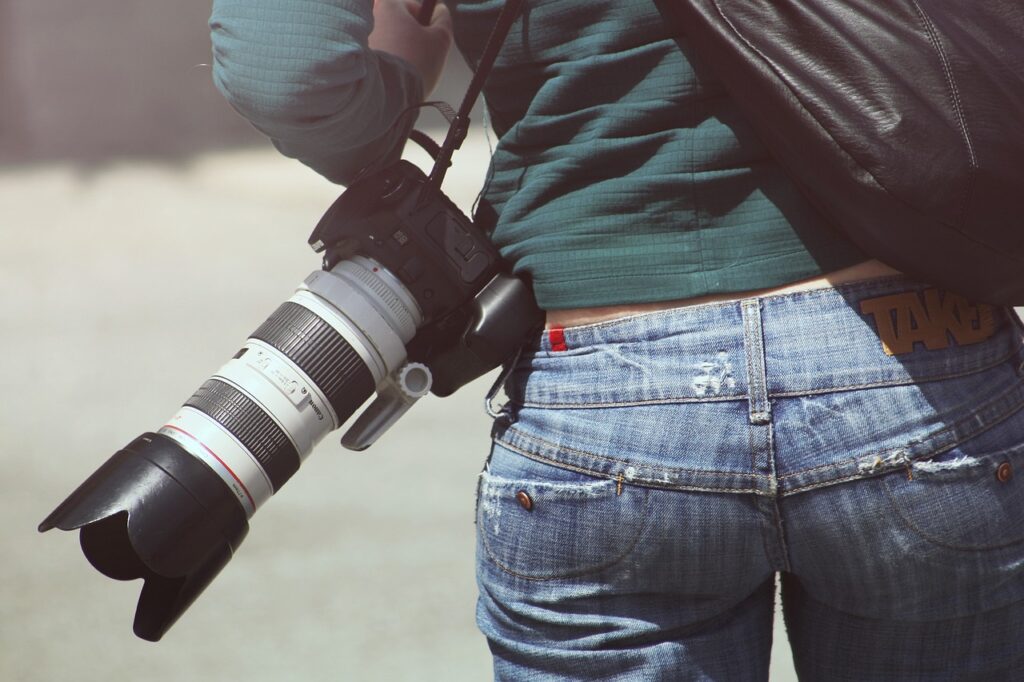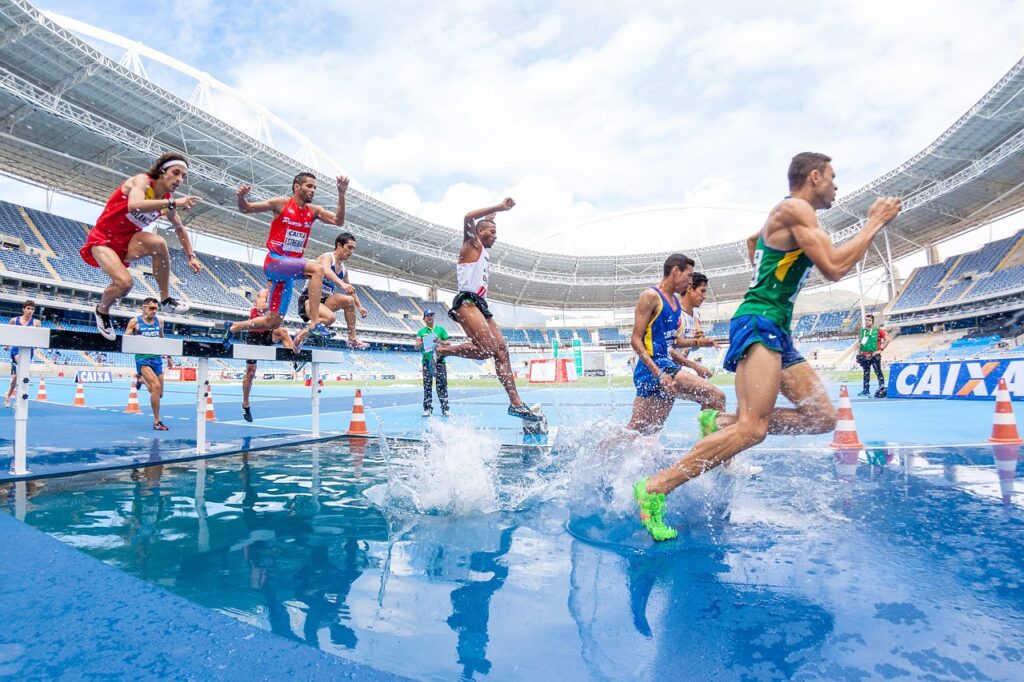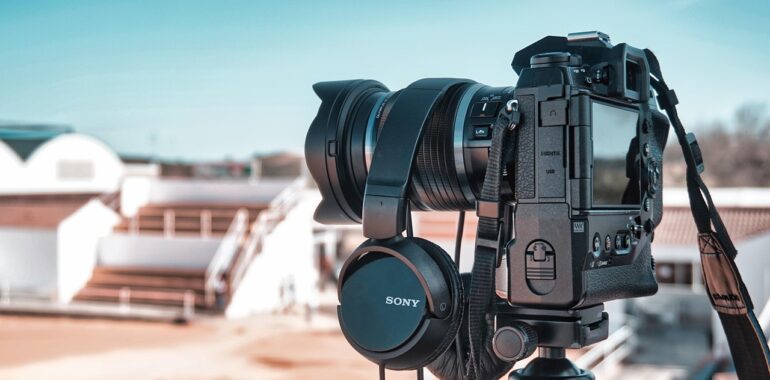Key takeaways
- In the United States of America, finding sports photography colleges is a challenge as not many educational institutes offer the program.
- Instead of a standalone bachelor’s degree in sports photography, aspiring professionals can pursue a degree in digital photography or photojournalism.
- Students should focus on building a professional portfolio by covering on-campus sporting events.
- A strong portfolio significantly enriches career prospects and enhances a candidate’s eligibility.
- Focus on building industry connections with event organizers, sponsors, coaches, and other stakeholders as it aids in career advancements.
- Make sure you invest in good quality equipment to be able to cover both indoor and outdoor sporting events, including press conferences, player photoshoots, and more.
Sports photography is a specialized field that combines both photography and a love for sports. If you are passionate about capturing players in action, the enthusiasm and emotions of the fans, and fleeting moments that make or break a game, this is the field for you. However, finding credible sports photography colleges can prove challenging as only a handful of those exist around the world.
While standing a stand-alone degree in sports photography might prove challenging, you can either pursue a sports photography major or explore alternate degrees. In this guide, we discuss the program in detail and how to find sports photography colleges where you can pursue the program.
What is sports photography?

Sports photography is a niche field within the genre of digital photography encompassing the capturing of the essence of different sports and sporting events. It is a versatile and dynamic field that attracts many aspiring photographers who love sports and are passionate about capturing the essence of sporting events and delivering it to viewers and sports lovers worldwide.
The thrill of sports photography is unlike that of any other. Here, professionals capture the thrill of the game by freezing fleeting moments of a game packed with action. They try to communicate the thousands of emotions players, coaches, other stakeholders, and viewers experience throughout the duration of the game.
However, it isn’t all just about capturing the moments. Sports photography is like storytelling, where the photographer tries to convey the events through a series of images, including behind-the-scenes, live action, reactions, and more. If your love for sports transcends athleticism and you want to eternalize the experience of each type of sporting event, this is the right field for you.
How to find credible sports photography colleges?
Finding sports photography schools can prove to be a challenge, especially in the United States. The program is incredibly rare, and only a select few colleges across the globe offer a sports photography major. In fact, a quick Google search will show you that only Nottingham Trent University in the United Kingdom offers a Bachelor of Arts in Sports Photography.
However, the educational landscape in the United States is constantly evolving. Yes, not many colleges and universities in the US offer a sports photography major as of yet. However, there is always a possibility that some may start offering the program as soon as the next academic year. To find sports photography schools in the United States, you can take the following steps:
Step 1: Search online
The first step is always to search for sports photography schools online. If a college is offering the program, you are bound to see it appear in the search results. Make sure you type in a specific search query such as ‘sports photography colleges in the United States’ rather than just search for sports photography, as the former is bound to provide more relevant search results.
Step 2: Peruse college websites
Colleges and universities provide in-depth program details on their websites, including a list of programs they offer at the undergraduate and graduate levels. You can start by exploring the websites of the colleges you aspire to attend. You can also start shortlisting colleges and universities by location.
Step 3: Find colleges with active sports programs and teams
Colleges with a happening sports front are bound to have photographers covering their sporting events. Great photography and videography coverage can not only help promote the teams but also serve as great marketing tools, increasing reach, which in turn enables teams to secure better sponsorships. Thus, a college with excellent sports facilities hosting several sporting events is bound to have sports photographers and maybe even a sports photography program.
Step 4: Check course catalogues
If you are unable to find a specialized sports photography program, pursue the course catalogue for the photojournalism and photography programs. Both of these programs are bound to have at least a few courses in sports photography. You can then choose one that offers more courses or offers courses that interest you.
Step 5: Explore alternate pathways to becoming a sports photographer.
So, what do you do if you want to find sports photography colleges in the United States? You search for the next best thing, a college with a strong photography program and a happening sports scene. Since colleges and universities in the United States rarely have sports photography schools, enrolling in a digital photography program is the best available option for aspiring sports photographers.
How to become a sports photographer?

Sports photography is a highly specialized field. Unlike other forms of photography, here the subjects are constantly moving, the setting is dynamic, and the emotions are volatile. A sports photographer must not only possess a keen eye and relevant technical skills, but they should also always be on their toes. Moreover, they must possess a love for sports, as only then will they know when and where to turn their lens and capture the right moment.
So, how do you learn all this and more if not through specialized sports photography schools? You can through multiple means, actually. However, the two most prominent pathways are photojournalism and digital photography.
Step 1: Choose a relevant program
Since a sports photography major is hard to come by, here are alternate degrees you can take to become a sports photographer.
Photojournalism
A photojournalism program revolves around teaching the skills needed to tell a story and capture emotions through visuals. That is what sports photography is primarily about. Moreover, journalists are often on the move, quick on their feet and quicker with their fingers, and those are also qualities needed to capture live-action sporting events.
Additionally, a photojournalism program features multiple courses related to sports journalism or sports photography, which can help you build relevant expertise in the field. Ole Miss has a renowned photojournalism program with great sports photography courses that you can explore. Arizona State University also offers immersive sports experiences in its journalism program, providing an enriched learning experience for its students.
Digital Photography
A digital photography program features a comprehensive curriculum covering all aspects of the photography field, including sports photography. Here, too, you need to check the course catalogue to determine the kind and number of courses available in sports photography before you enroll in the program.
Several colleges and universities in the US offer a digital photography program. You can literally take your pick of the litter if you choose to opt for a photography degree. You can explore colleges for a digital photography degree and choose the one that fits your requirements.
Step 2: Practice makes perfect
As advised earlier, choosing a college with an active sports scene is essential if you want to pursue sports photography professionally. You will gain a world of knowledge, skills, and experience by covering college sports events, which is why the more events there are, the better. Make sure you attend and cover a diverse range of sports, such as football, soccer, basketball, baseball, hockey, and any other game that you possibly can.
Step 3: Build a portfolio
Your portfolio is your resume in the photography industry. The more shots you take, the more refined your work will get. You can then choose your best shots to apply for jobs. Here, it is important to note that diversity is key. Not only will it show your potential employers your skills, but it will also demonstrate that you are capable of covering any kind of event, enhancing your eligibility.
Step 4: Build industry connections
Every time you are at a sporting event covering it, make sure to seek out sponsors and event organizers. Take their photos, start a conversation, casually show them your best shot from the game, and discuss that moment. Industry connections are everything when it comes to the world of photography. If a sponsor or event organizer is impressed with your work, they will surely refer you for other jobs in the industry.
Step 5: Invest in good equipment
You will need a wide range of equipment to cover different types of sporting events. For press conferences, you will need a tripod, portrait lenses, lighting equipment such as reflectors and diffusers, and so on. However, you will need a lens with a fast shutter speed, maximum aperture, and long-distance coverage. You will also need rain covers, flash, and other equipment depending upon whether you are shooting indoors or outdoors.
A formal education in sports photography – the ideal path for a successful career!

Even though sports photography colleges are a rarity, there are several paths you can take to become a successful sports photographer. Whether you opt for a photojournalism program or a digital photography degree, make sure to choose relevant sports photography courses to develop the expertise and technical skills essential for a successful career in the field.
But most importantly, focus on learning outside the classroom through practical experiences. Seize every opportunity you can get to cover sporting events, as that is what will eventually enhance your eligibility. Best of luck in your sports photography career!
